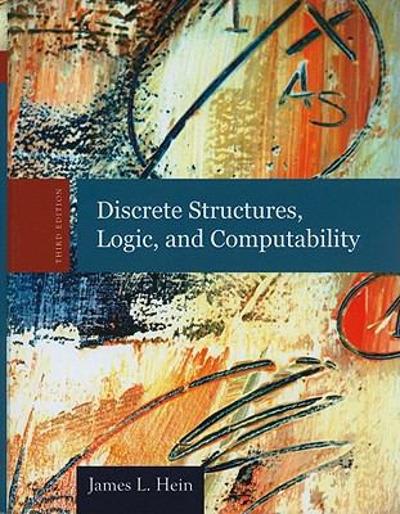Question
#1 In a recent year, about 37% of all infants born in a country were conceived through in-vitro fertilization (IVF). Of the IVF deliveries, about
#1 In a recent year, about 37% of all infants born in a country were conceived through in-vitro fertilization (IVF). Of the IVF deliveries, about twenty-five percent resulted in multiple births.
(a) Find the probability that a randomly selected infant was conceived through IVF and was part of a multiple birth.
(b) Find the probability that a randomly selected infant conceived through IVF was not part of a multiple birth.
(c) Would it be unusual for a randomly selected infant to have been conceived through IVF and to have been part of a multiple birth? Explain.
#2 The accompanying table shows the results of a survey in which 250 male and 250
female workers ages 25 to 64 were asked if they contribute to a retirement savings plan at work. Complete parts (a) and (b) below.
| Contribute | Do not contribute | Total | |
| Male | 130 | 120 | 250 |
| Female | 140 | 110 | 250 |
| Total | 270 | 230 | 500 |
(a) Find the probability that a randomly selected worker contributes to a retirement savings plan at work, given that the worker is male.
(b) Find the probability that a randomly selected worker is female, given that the worker contributes to a retirement savings plan at work.
#3 Two cards are selected from a standard deck of 52 playing cards. The first card is not replaced before the second card is selected.
Find the probability of selecting a five and then selecting an eight.
#4 In a sample of 800 U.S. adults, 191 think that most celebrities are good role models. Two
U.S. adults are selected from this sample without replacement. Complete parts (a) through (c).
(a) Find the probability that both adults think most celebrities are good role models.
(b) Find the probability that neither adult thinks most celebrities are good role models.
(c) Find the probability that at least one of the two adults thinks most celebrities are good role models.
#5 The probability that a person in the United States has type B+ blood is 12%. Five
unrelated people in the United States are selected at random. Complete parts (a) through (d).
(a) Find the probability that all five have type B+ blood.
(b) Find the probability that none of the five have type B+ blood.
(c) Find the probability that at least one of the five has type B+ blood.
(d) Which of the events can be considered unusual? Explain.
#6 The accompanying table shows the numbers of male and female students in a particular country who received bachelor's degrees in business in a recent year. Complete parts (a) and (b) below.
| Business degrees | Nonbusiness degrees | Total | |
| Male | 190,354 | 618,491 | 808,845 |
| Female | 162,387 | 943,643 | 1,106,030 |
| Total | 352,741 | 1,562,134 | 1,914,875 |
(a) Find the probability that a randomly selected student is male, given that the student received a business degree.
(b) Find the probability that a randomly selected student received a business degree, given that the student is female.
Step by Step Solution
There are 3 Steps involved in it
Step: 1

Get Instant Access to Expert-Tailored Solutions
See step-by-step solutions with expert insights and AI powered tools for academic success
Step: 2

Step: 3

Ace Your Homework with AI
Get the answers you need in no time with our AI-driven, step-by-step assistance
Get Started


